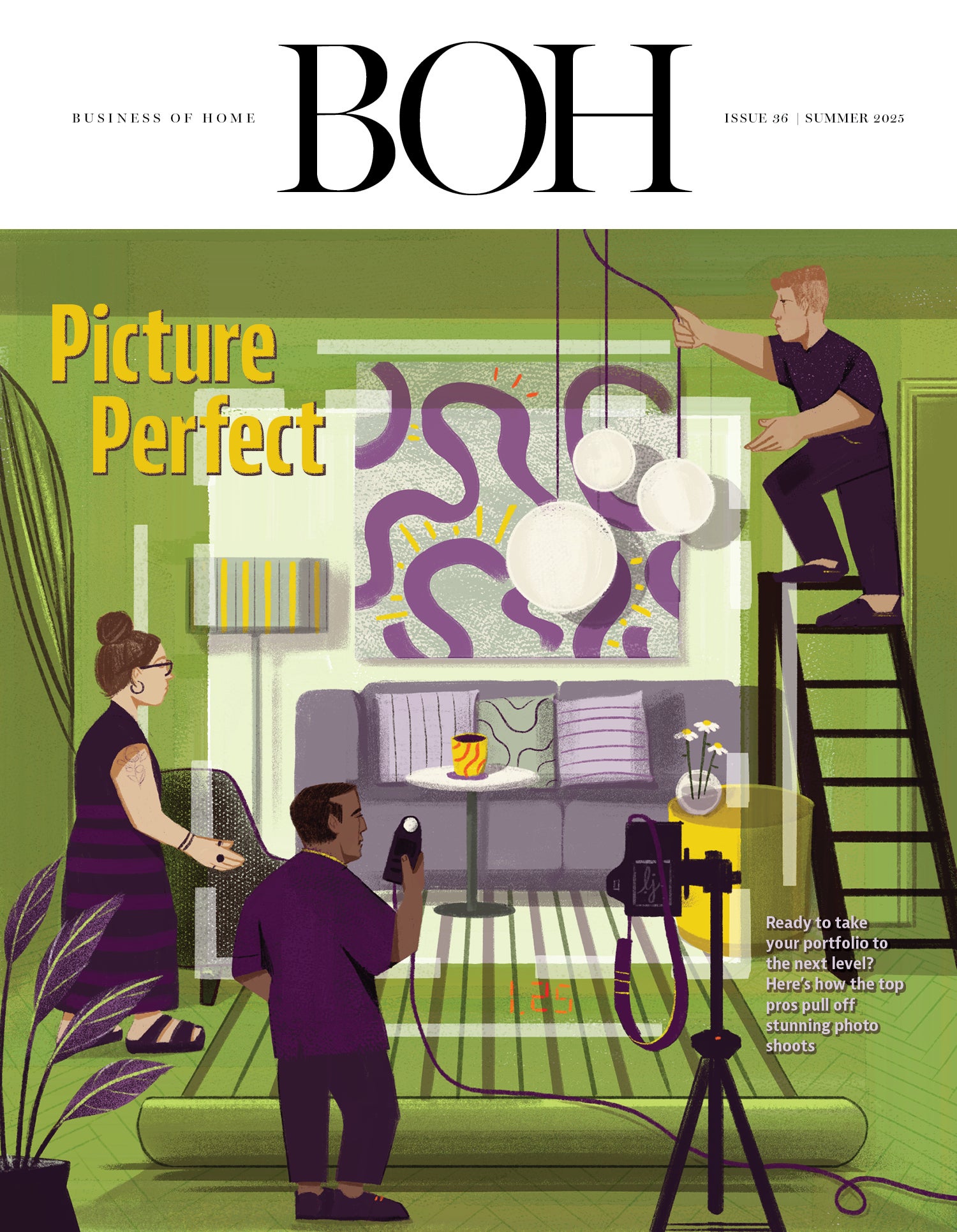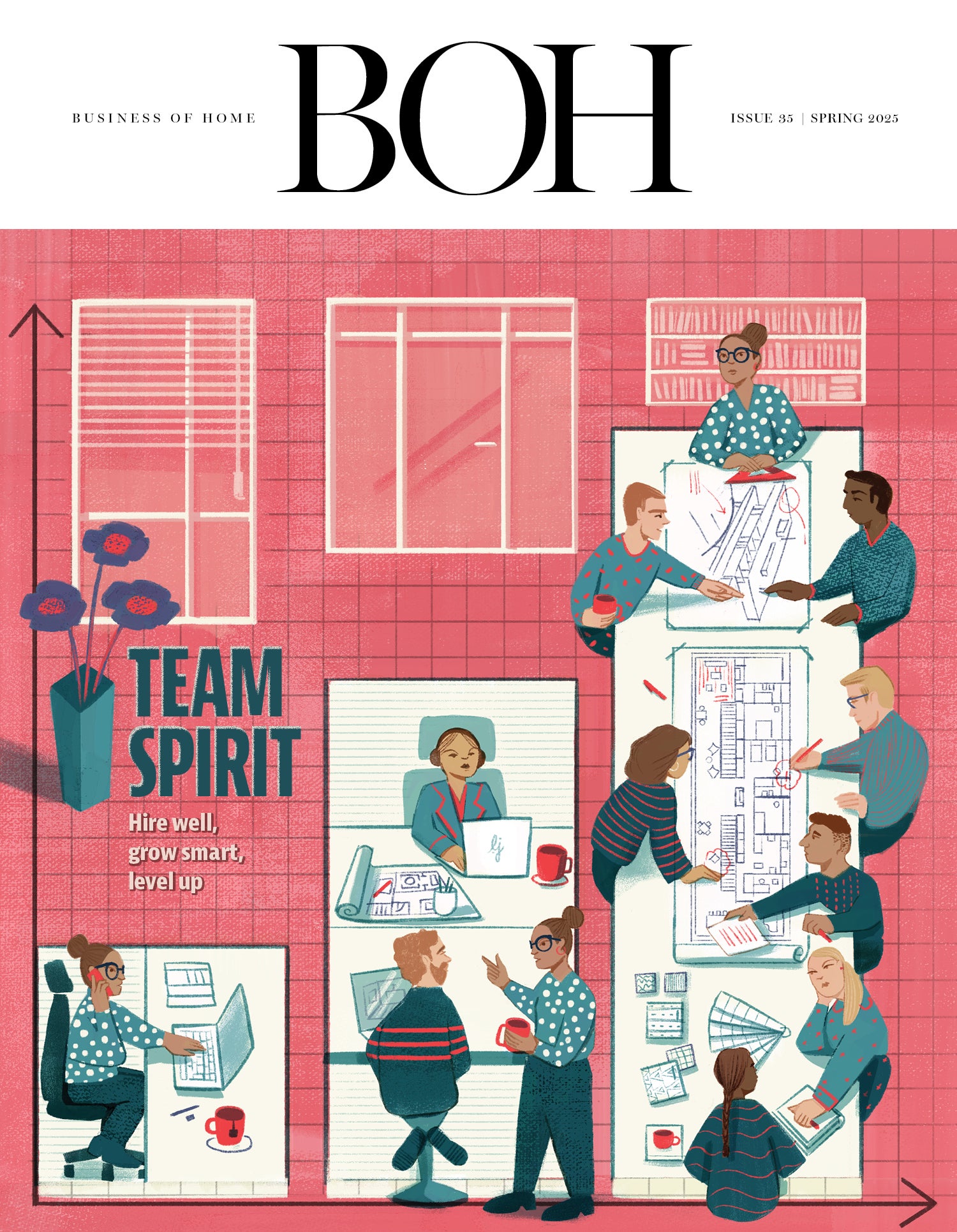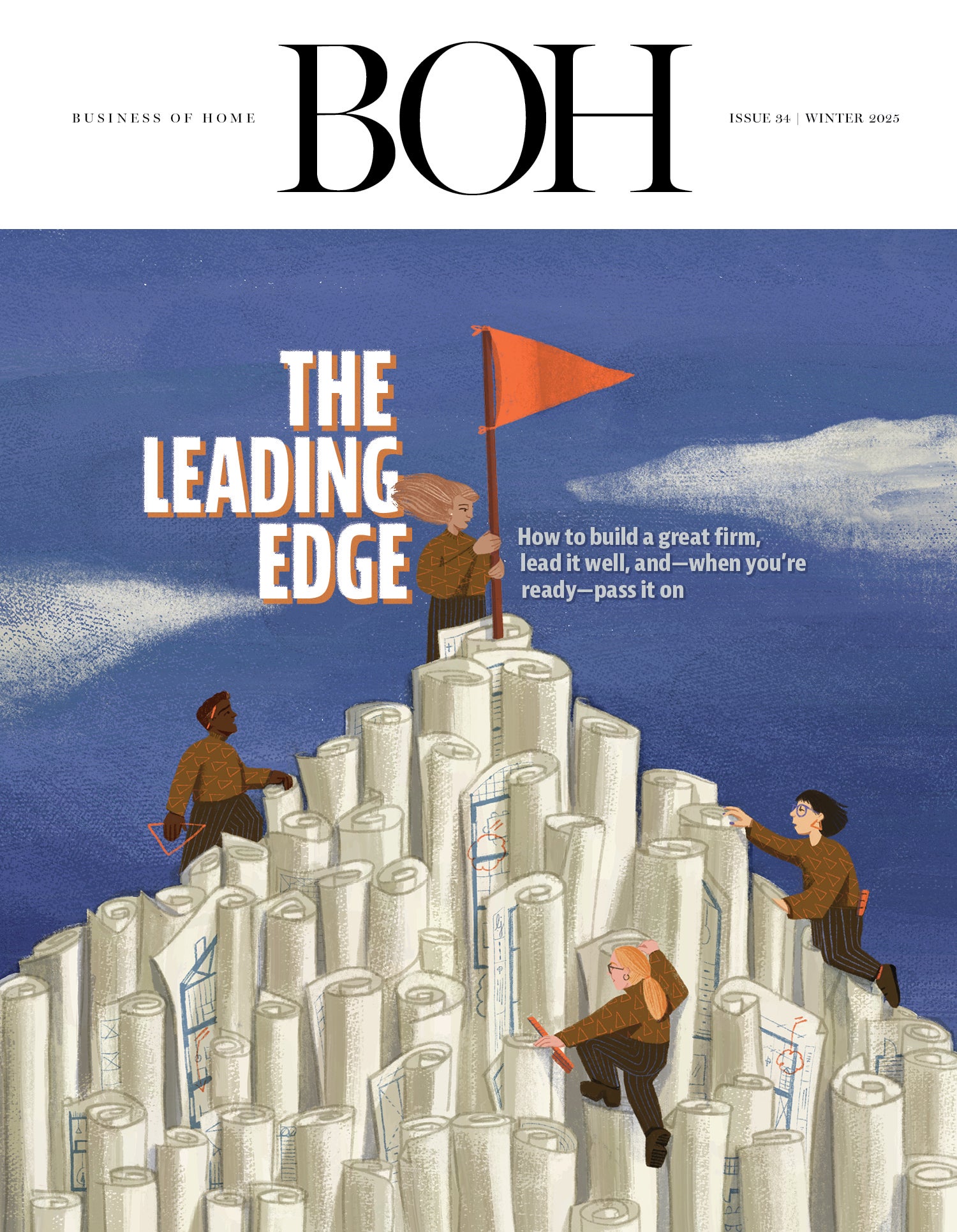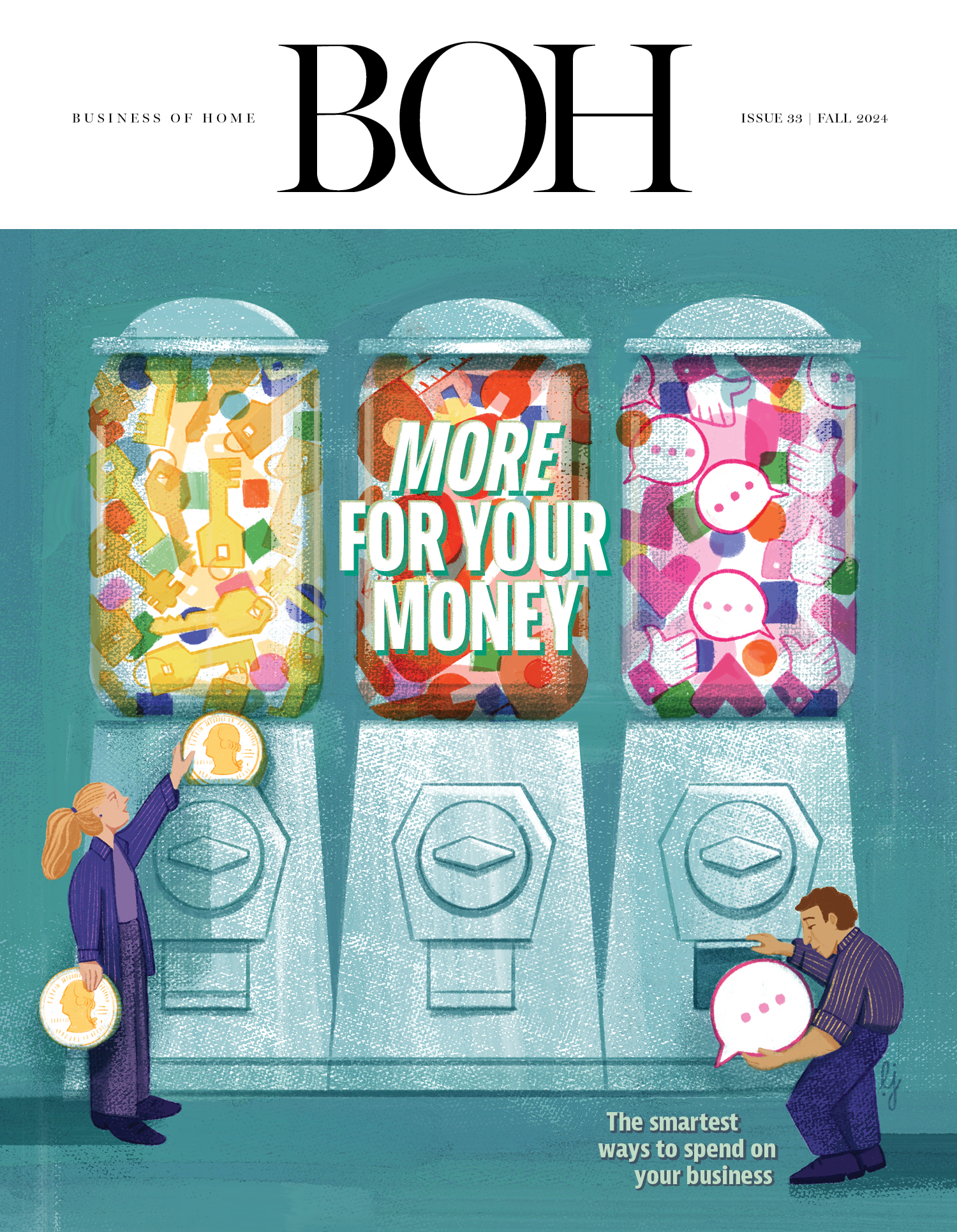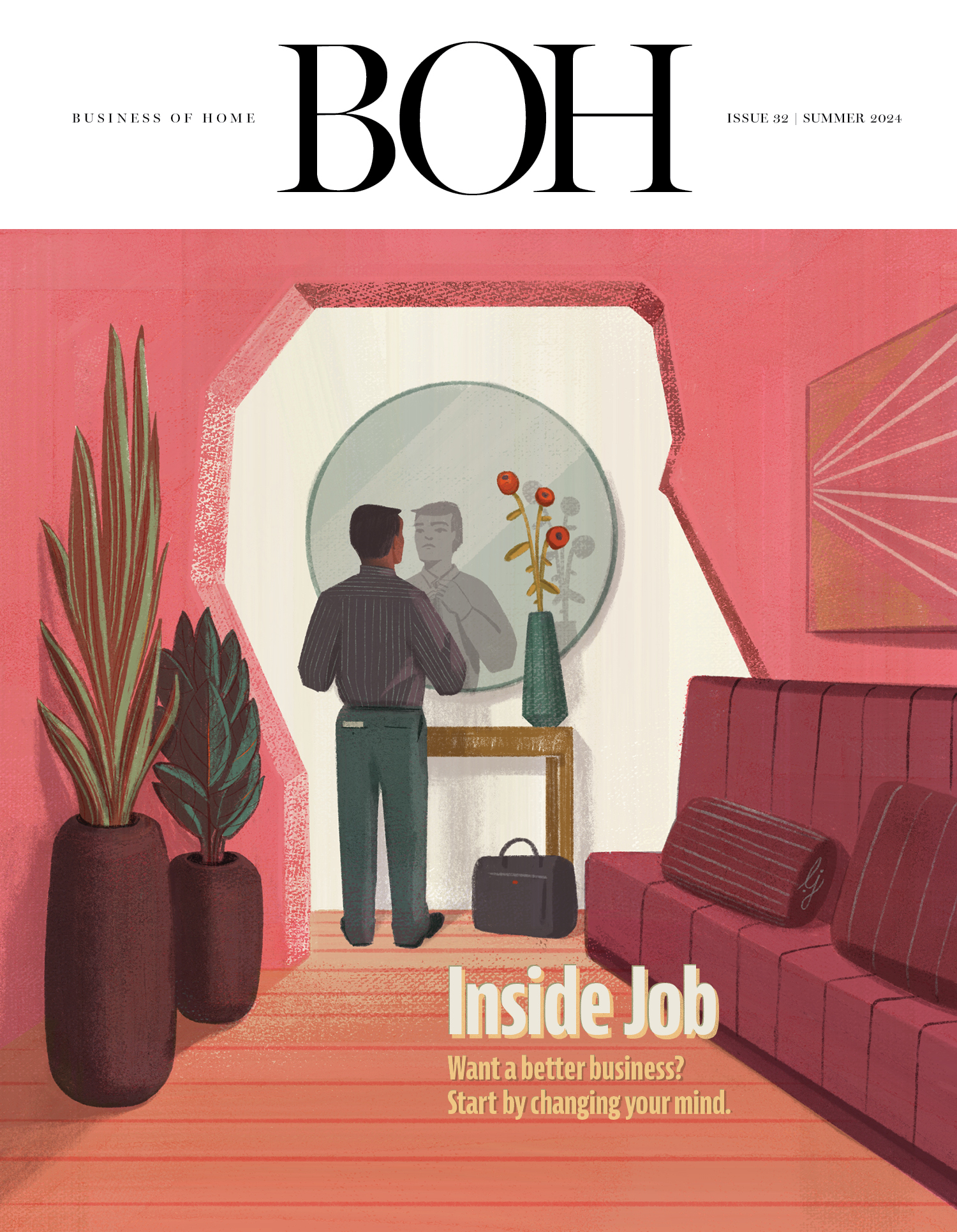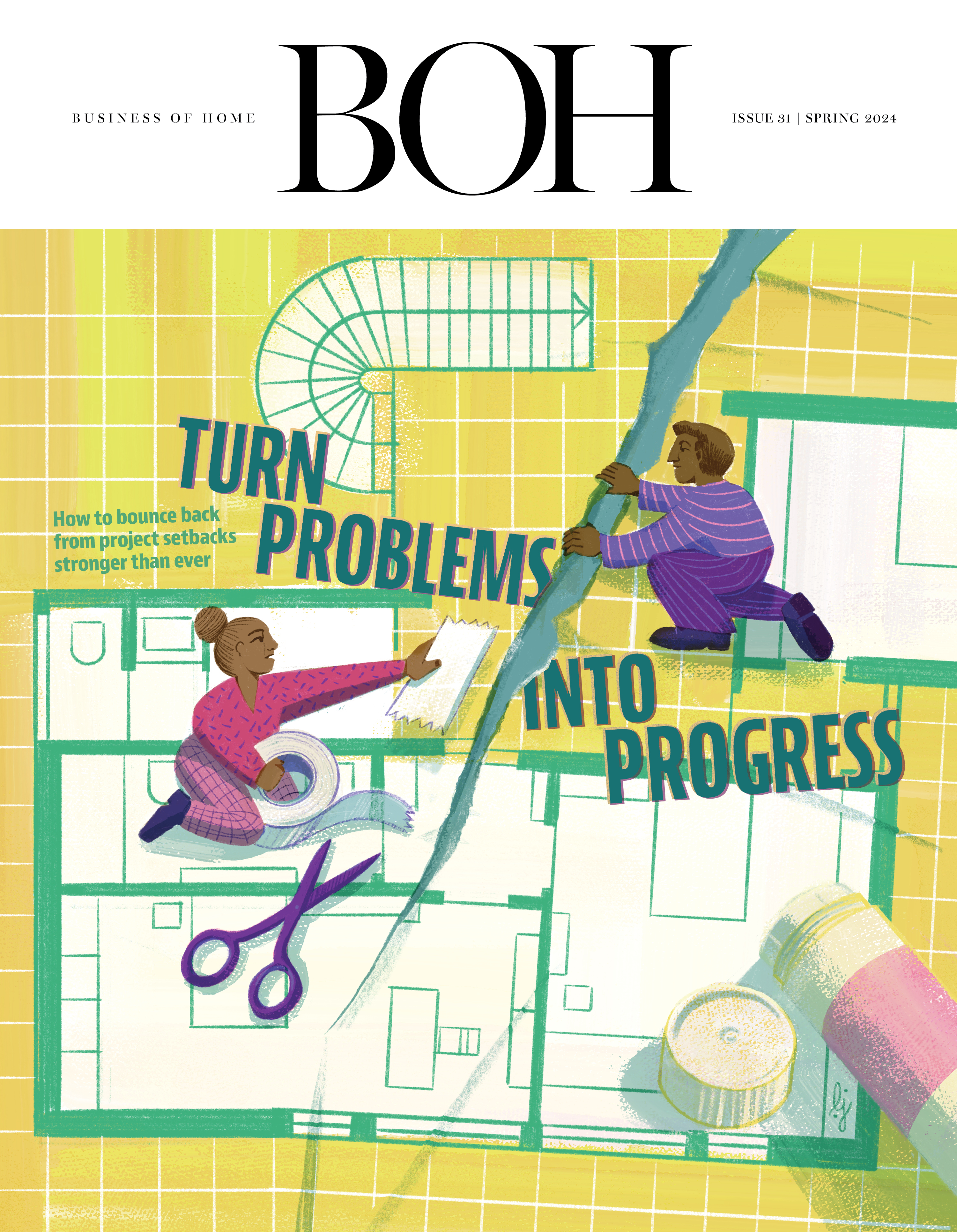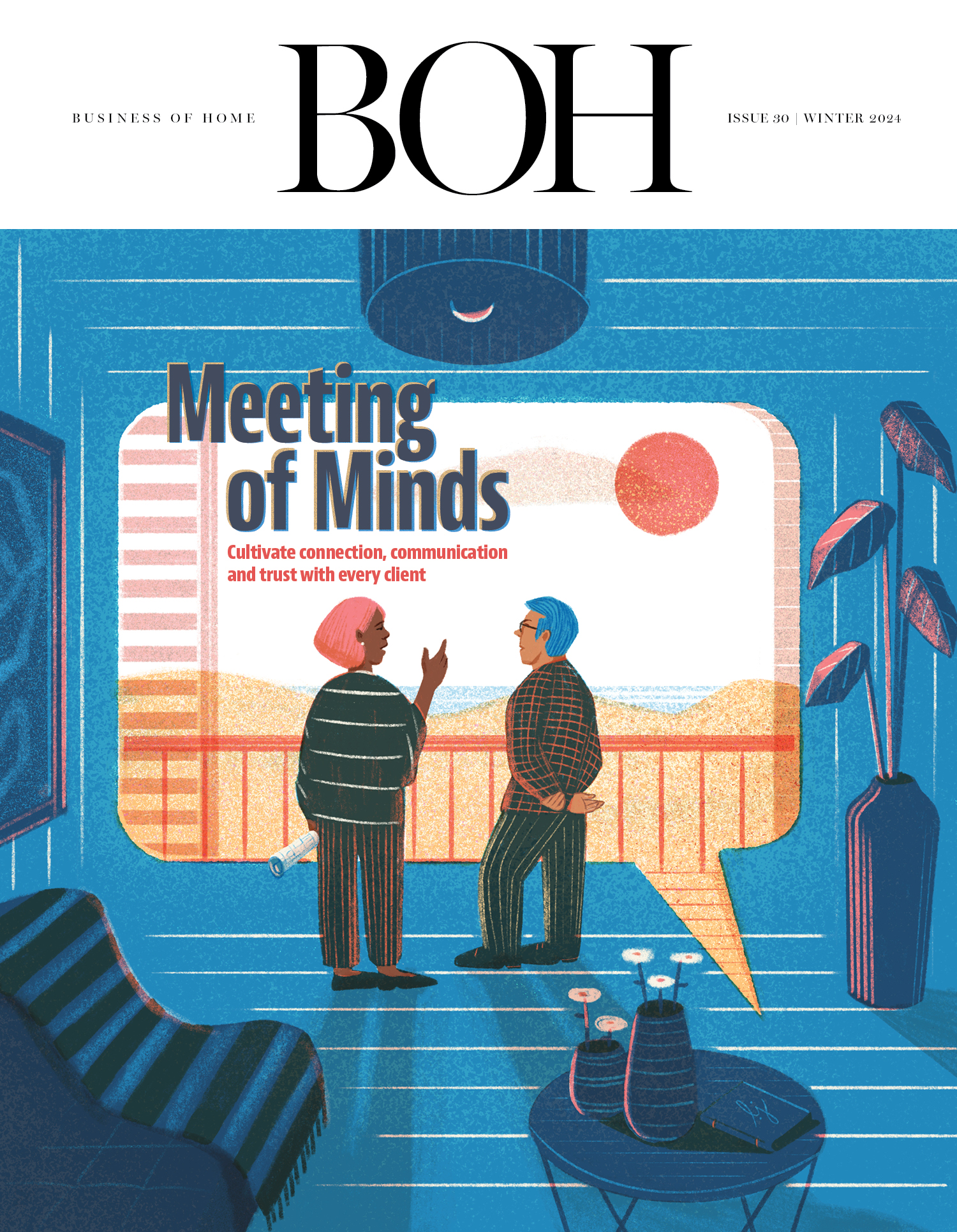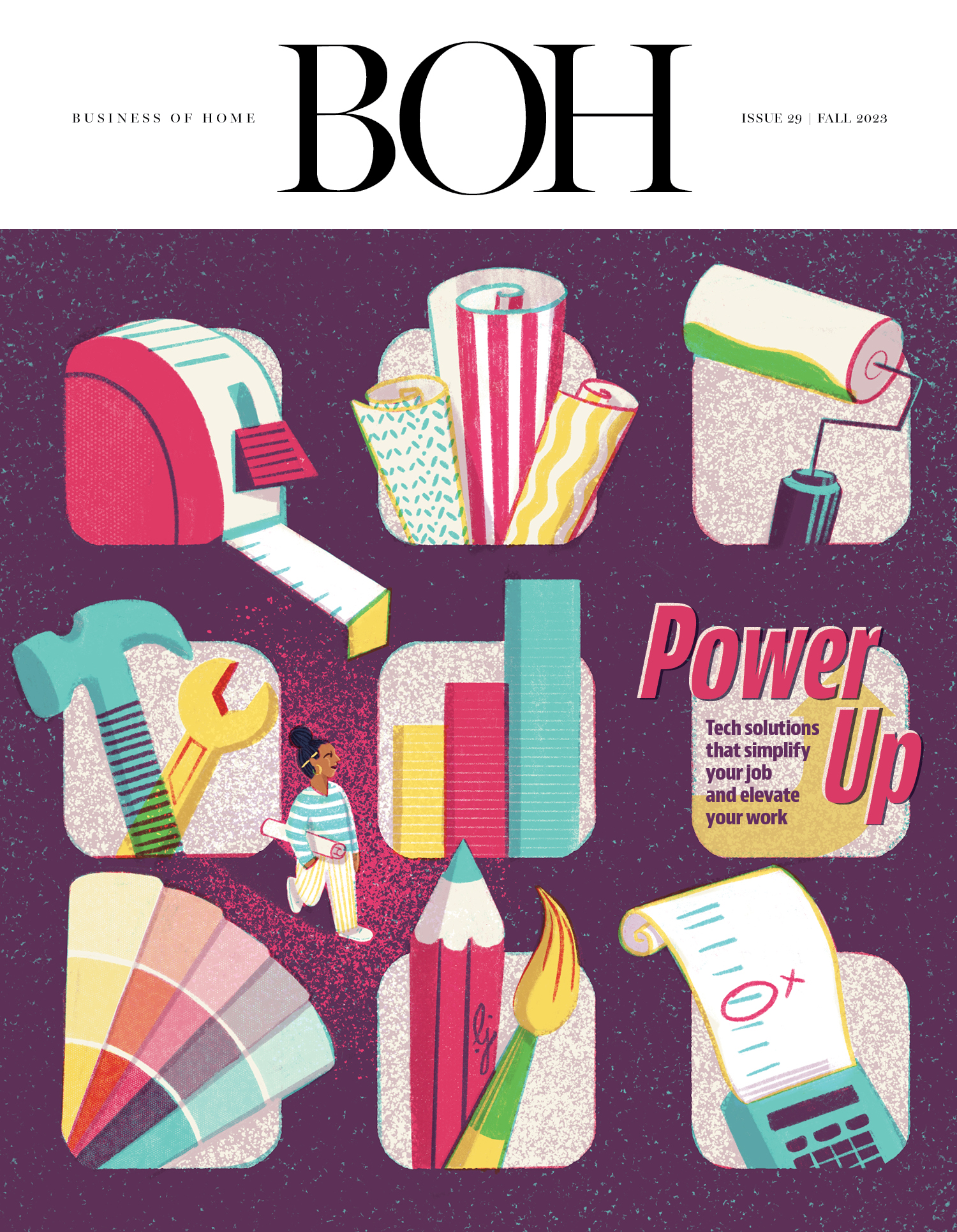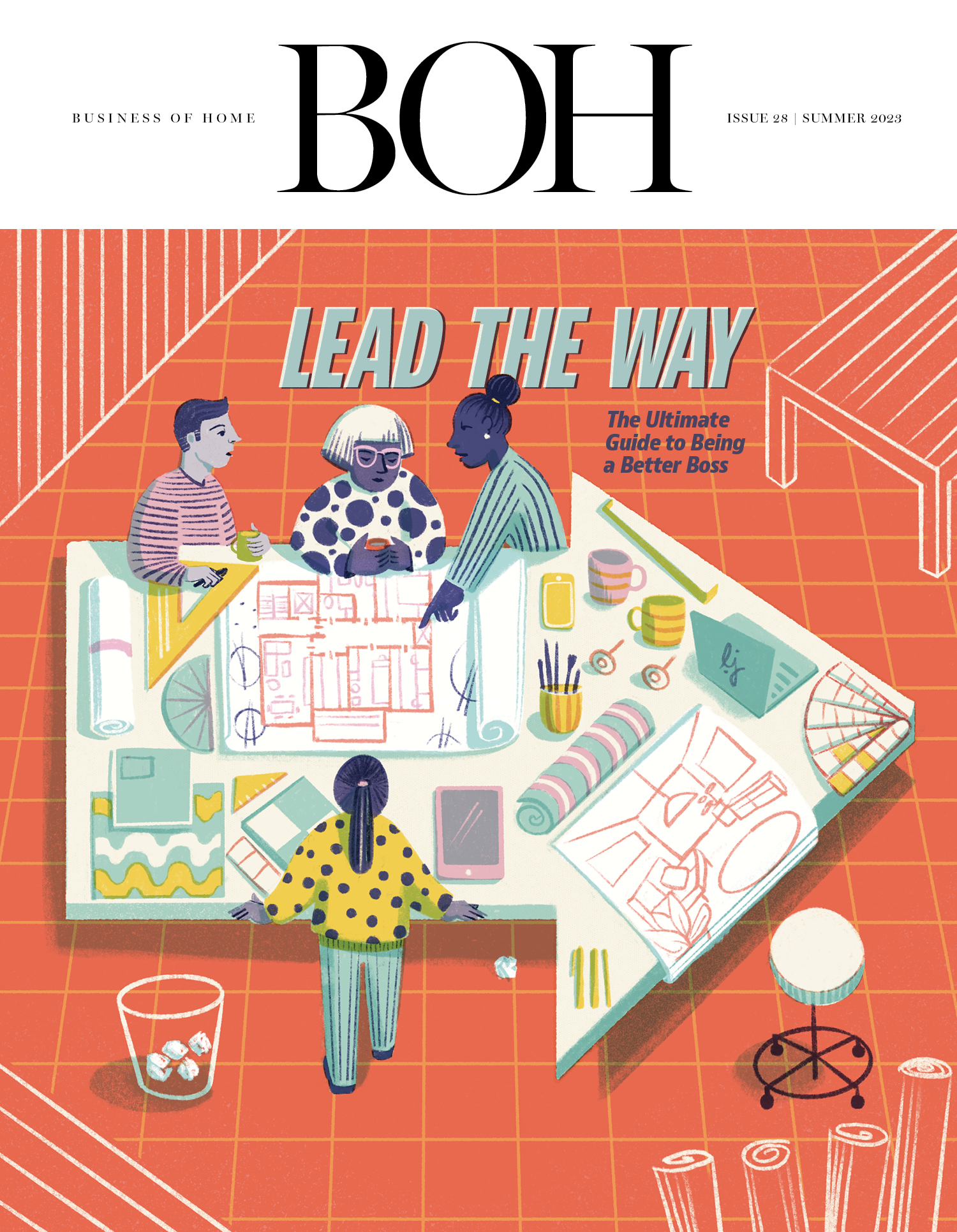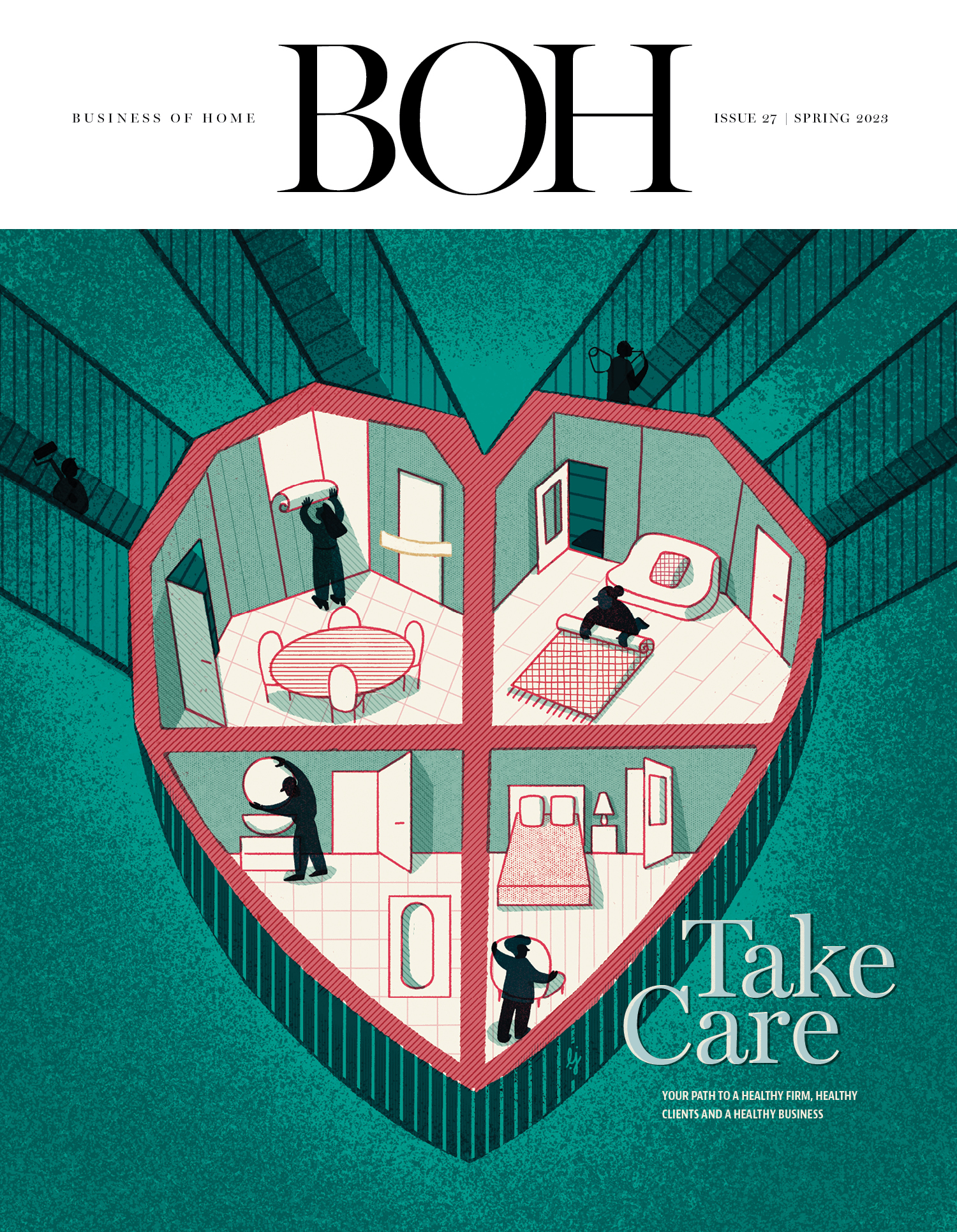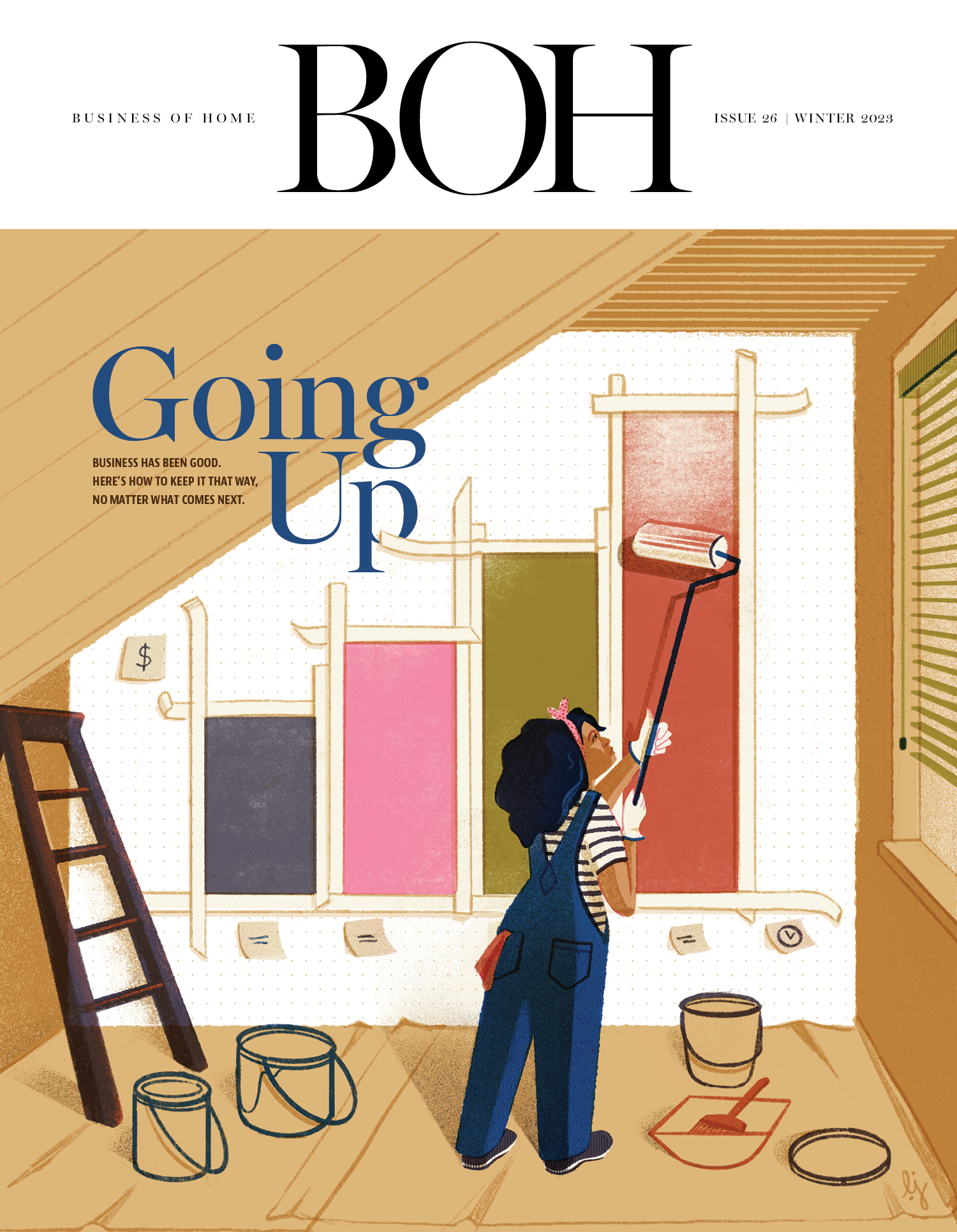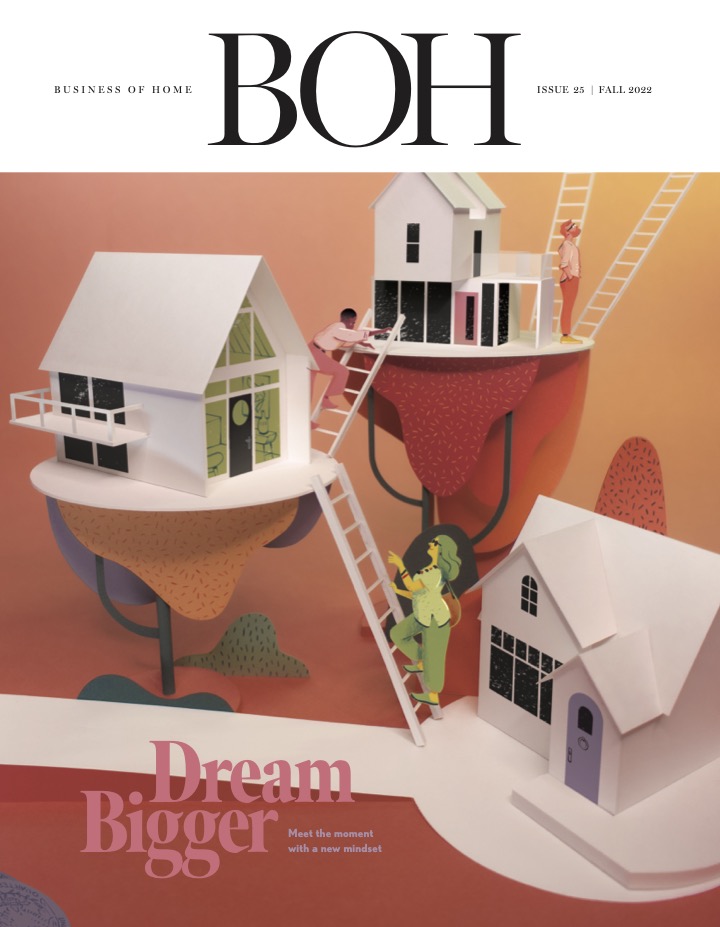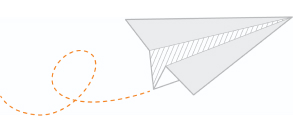For Luis Fernandez, it all started with a sixth grade homework assignment to draw a floor plan. He took the task seriously, buying real estate magazines in order to request marketing materials for the multimillion-dollar listings found inside; in turn, he received a treasure trove of floor plans and photos—and plenty of fodder for his budding interest in design.
“These real estate agents probably thought, ‘Oh, my gosh, this buyer from Miami is interested in all these properties worldwide,’” he tells host Kaitlin Petersen on the latest episode of the Trade Tales podcast. “I would sit there and study the floor plans with the pictures and try to correlate those two. … It [awakened] in me this idea that you could depict spaces in this two-dimensional floor plan.”
Fernandez went on to study architecture at Cornell University and work for a major commercial firm in New York, but creatively, he was itching to try something new. He shifted his attention to the world of fashion, launching a tailored sportswear brand called Number:Lab, which he operated for nearly a decade, and working as creative director for contemporary menswear brand Craft Atlantic. Growing disillusioned with the industry, he moved to Los Angeles for a change of scenery and embarked on a personal restoration project. When the thoroughly reimagined midcentury modern home promptly landed on the cover of Elle Decor in 2021, the inquiries that followed propelled him straight into a third career in interior design. (He is both a Council of Fashion Designers of America member and on the Elle Decor A-List.)
It’s been a journey marked by boundless creative energy—but just because Fernandez is focused on interiors now doesn’t mean he’s ready to box himself in. He’s intent on pushing the limits of his craft with new challenges, like designing in the metaverse. Since launching his design agency, @LuisFern5, he has established airtight systems to guide his firm’s output—a rigid structure that allows him to lean more fully into the freewheeling nature of creative work.
“It’s all about a good balance,” says Fernandez. “Obviously it takes longer to get there [when you’re taking time to learn all the systems]—which is probably like the story of my life—but then it’s better where you’ve arrived.”
Elsewhere in the episode, he shares how he’s carefully considering how much liability he wants to take on with each job, what he’s learning while exploring different approaches to billing, and why he has appreciated this phase of his working on his own rather than staffing up.
Crucial insight: Since transitioning to the residential side of design, Fernandez has discovered that clients often bring a deeper emotional connection to each project—along with their own inspiration images. With that comes the delicate dance of inviting off-the-wall ideas while also managing expectations. “What I keep reminding myself is that my job ends up becoming more like a coordinator or a symphony director, where I’m hearing you, I see what you’re thinking, but I need to make sure that it fits into the full project—proportions, scale, everything has to be addressed.”
Key quote: “I always say, the design process is messy and nonlinear, so if all your other processes around that can be very rigid, then you’re set up for success. The more that your process can be very organized, [the more] you can let the design be chaotic and [experimental].”
This episode was sponsored by Regina Andrew and The Shade Store. If you like what you hear, subscribe on Apple Podcasts or Spotify.



